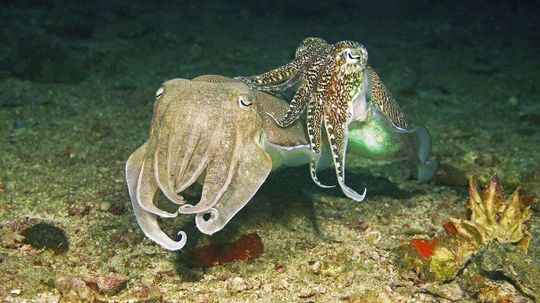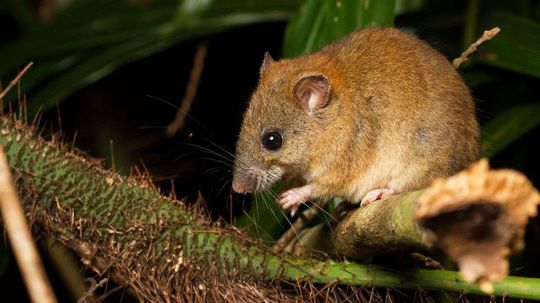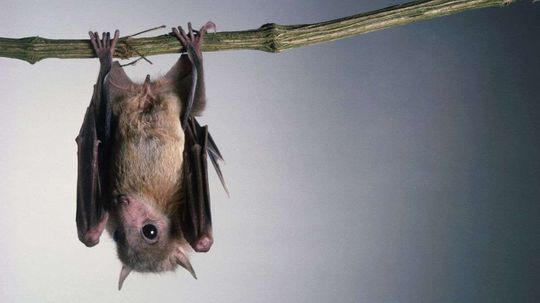Wild Animals
Whether they crawl, fly, swim, slither, walk, run or pounce, wild animals rely on their instincts. Read about all kinds of wild animals, mammals, birds, fish, insects, reptiles and amphibians.

12 Colorful Frog Species: From Tie-dyed Designs to Rare Hues

Amazon Milk Frog: Named for Its Defense, Not Its Color

The Red-eyed Tree Frog Has Extremely Sensitive Skin

10 Red Butterfly Species Found From India to Florida to Europe

How the Glasswing Butterfly Flutters (Almost) Invisibly

6 Green Butterfly Species Blending in With Their Environments
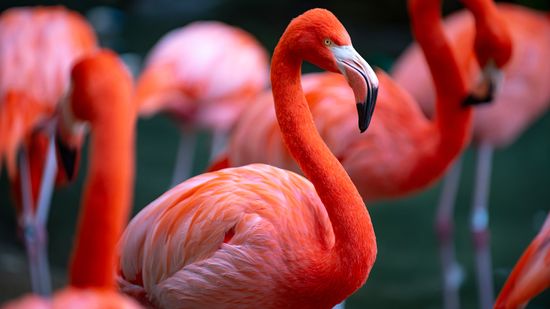
What Is a Group of Flamingos Called? Not a Flock, Another 'F' Word

7 Ugliest Bird Species: Evolutionary Qualities That Aren't So Pretty

What's a Group of Ravens Called? Not a Murder (That's Crows)

What Is a Group of Fish Called? Not Always a School

10 Weirdest Fish in the World: Batfish, Hairy Frogfish, and More
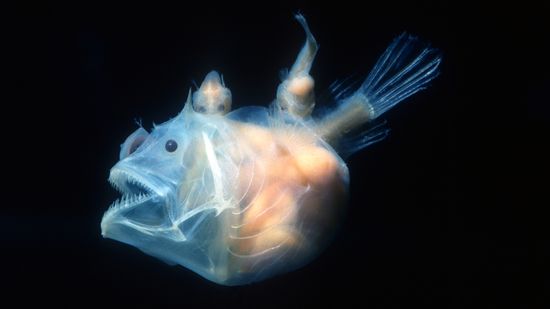
10 Scariest Fish Lurking in Rivers, Deep Ocean Waters, and Shells
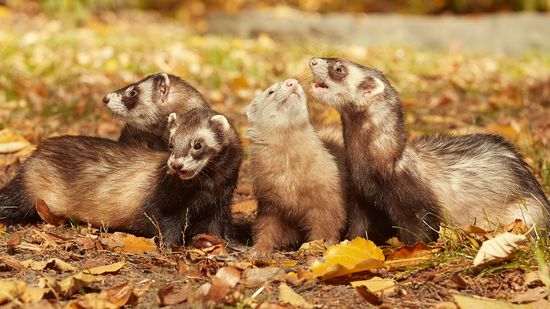
What Is a Group of Ferrets Called? You're Such a Busybody

What Is a Group of Mice Called? Not Always a Colony
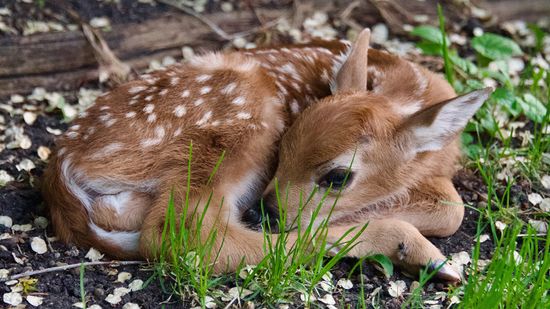
What Is a Baby Deer Called? (Aside From Adorable)

10 of the Scariest Sea Creatures Lurking in the Ocean's Depths

How Bioluminescent Jellyfish Get Their Signature Glow

White Spotted Jellyfish: Cute Until They Become Invasive

10 Cutest Snake Species That Have Us Squeeing

10 Colorful Lizards to Delight Reptile Lovers

Python vs. Anaconda: Comparing Snakes and Software Languages
Learn More / Page 32
Hedgehog populations in Britain have dropped severely. Understanding how the animals have adapted to urban and rural spaces will help us help them.
Dutch researchers analyzed a surprising selection of exotic mammals to find which could most easily live alongside people in a humane way.
Scientists until recently believed Octopuses & Co. were colorblind. If that were the case, how could the animals create such vivid physical color displays?
Advertisement
Talk about filthy lucre! Trace amounts of the precious metal turned up when scientists looked into bovine bathroom business.
Late-stage albinism? Disastrous paint spill? Marty McFly in giraffe form? Maybe the African mammal just has something in common with Michael Jackson.
Rising sea levels wiped out the entire population of a rodent species only found on remote Australian island Bramble Cay. Who's next?
The population-control strategy to rid the islands of the invasive species would use something called "gene driving" and GMO rodents.
By Chris Opfer
Advertisement
In a surprising way, the Southeast Asian mammal, AKA the bearcat, creates a chemical compound shared with roasty, toasty human food, according to a new study.
Of course they do. You're an attractive person. But what is it about you specifically that draws them in for a tasty meal?
Ruby-throated hummingbirds migrate annually from the U.S. all the way to Central America. How often would one need to stop? A new study reveals amazing abilities.
Advertisement
Feral monkeys have roamed Silver Springs State Park in Florida since the 1930s.
As the climate changes, some pika populations may die out, but others will flourish. A new study examined what's likely to happen in eight U.S. National Parks.
An oar-shaped protrusion of microscopic hairs on the legs of a grain-sized spider is bringing sexy back to the arachnid kingdom.
The sea butterfly snail moves in Arctic waters in the same way as fruit flies through tropical air. This case of convergent evolution was uncovered by a new study.
Advertisement
If people had exoskeletons and wings maybe they'd be around forever, too. Insects are born survivors because they have certain traits that other animals don't.
"The Jinx." "Making a Murderer." And now, orangutans? Why this female-on-female ape killing took researchers by surprise - and reads like a human true-crime drama.
Motion-sensing cameras, detailed maps and a special poop-detecting dog all played a part in finding the jaguar nicknamed "El Jefe."
What do bats have in common with ice skaters and one-legged ducks? The answer to that helped illuminate one perplexing thing about the flying mammals.
Advertisement
Breaking multiple records, Sarah set speeds never matched by any other animal. She was euthanized earlier this week by the staff at the Cincinnati Zoo, where she lived.
It's not to entertain the insect. Figuring out how mantises perceive the world could lead to tiny, energy-efficient robots with depth perception, too.
Groups of European bison make movement and grazing decisions by popular vote, choosing to follow or ignore potential leaders' suggestions.
The bright colors of this Malaysian spider, first described in 2009, earned it comparisons to the flamboyant styles of David Bowie.
Advertisement
You were a soldier ant. Each day you mostly did that job until one day a scientist came along, jabbed a needle into your brain and your behavior changed.
Pop culture has depicted chimps and other primates as both gun-wielding villains and saviors, but should humans be concerned about the possibility of armed apes?


